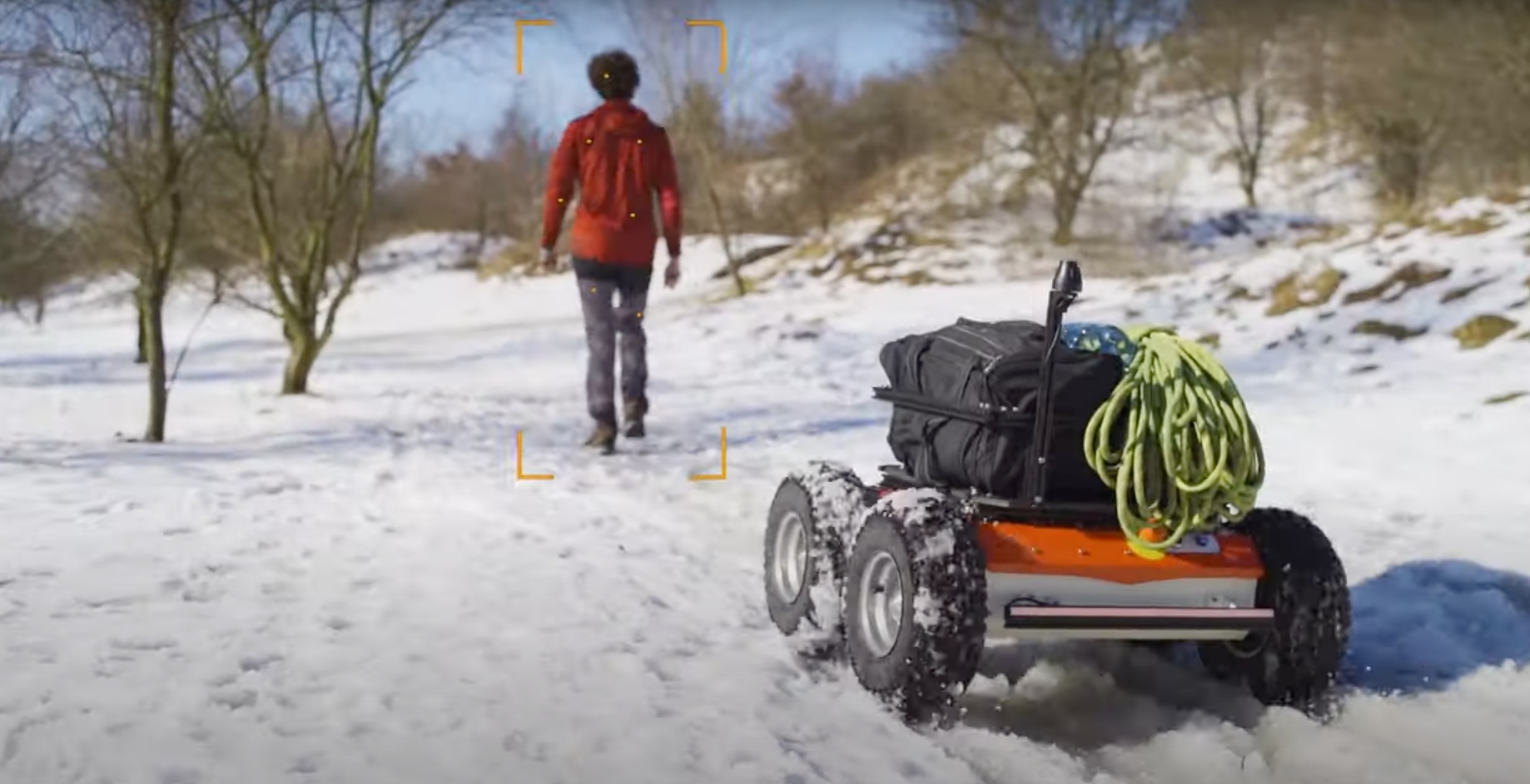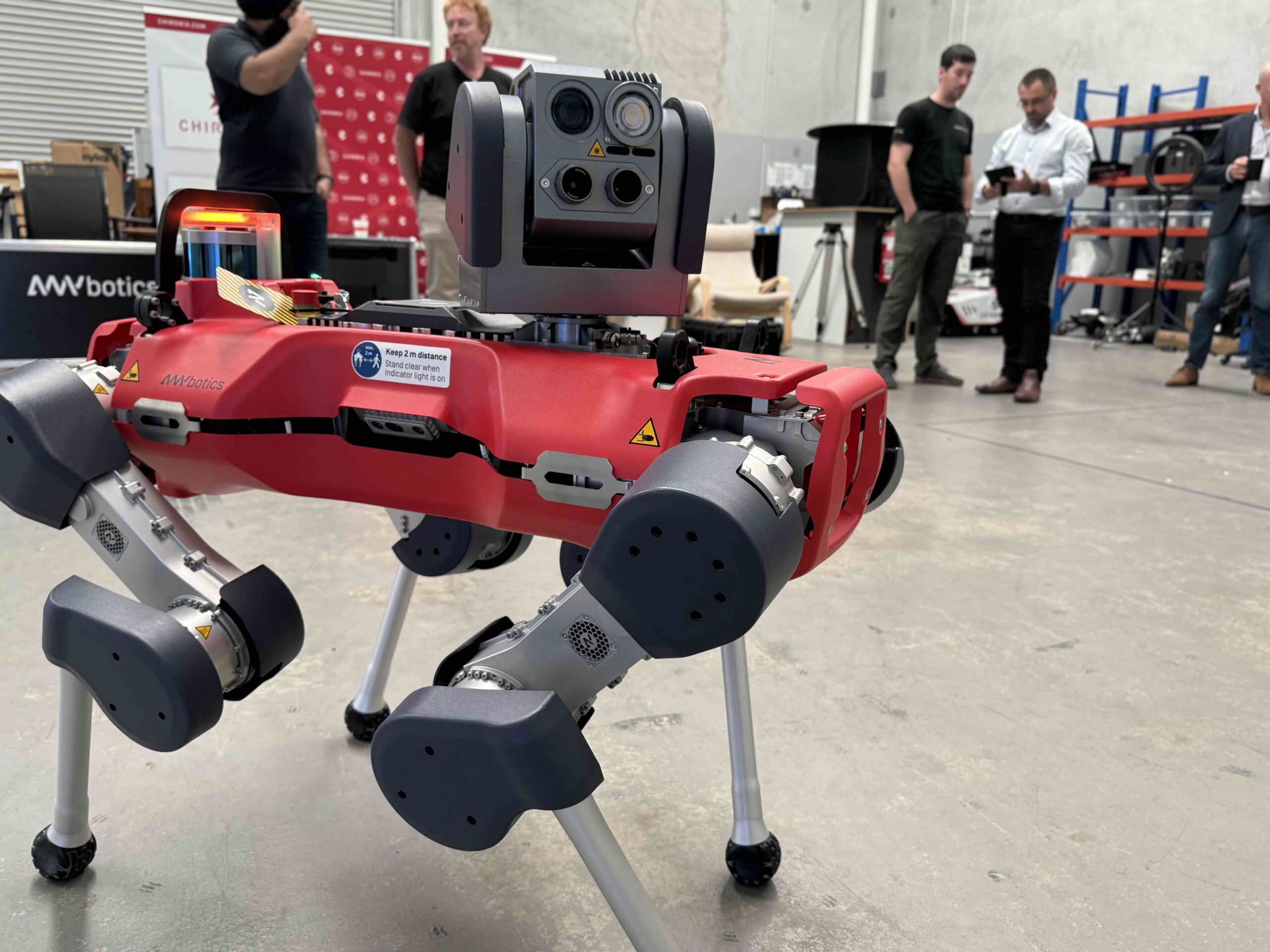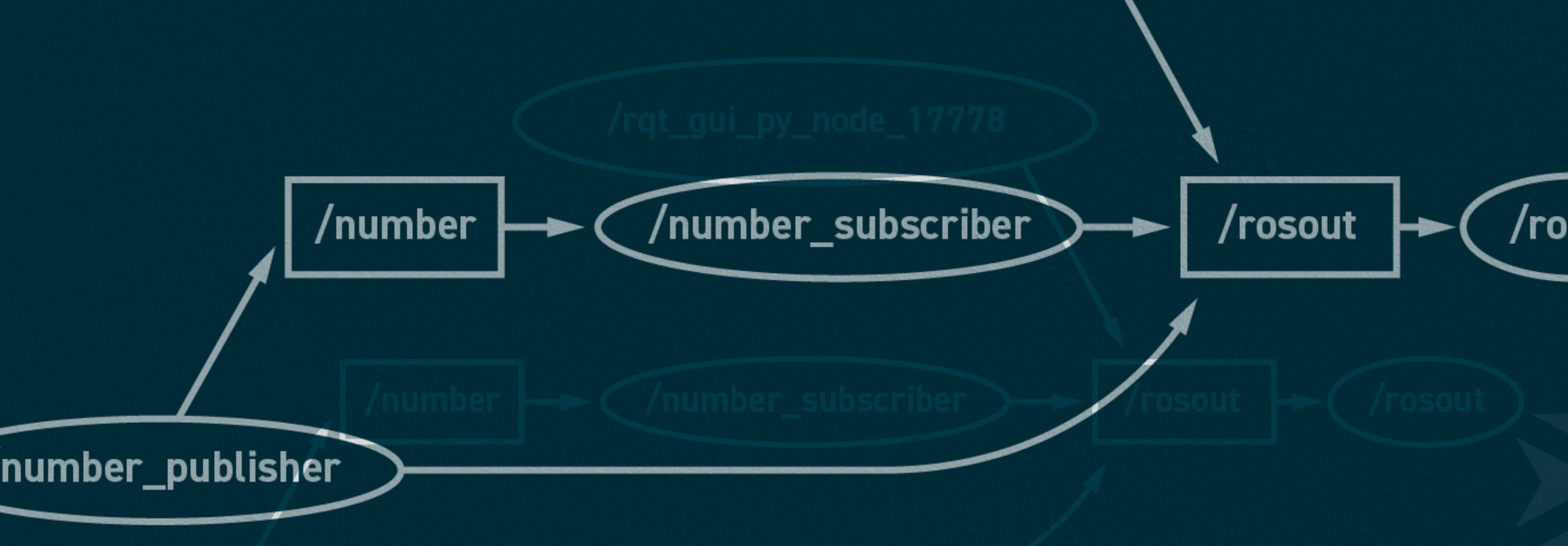Teaching robots in school will lay a solid foundation in students’ minds for growth and development in the future. Incorporating robotics education into the curriculum at a young age can help shape a student’s mind into one that is more likely to think critically, explore new ideas, and contribute meaningfully to society
Numerous governments have already begun drafting legislation and instituting policies that would integrate robotics instruction into the public school curriculum because they understand the value of doing so. The world is full of exciting possibilities that our students wouldn’t have access to unless they were taught the fundamentals of robotics.
In this guide, you will learn about why is robotics so important, why children should learn robotics at a young age, and five excellent ways to teach it in school. With that being said, let’s begin.
Why is Robotics Important?
With robotics, one can easily and entertainingly approach any and all STEM subjects. Getting better at math? Check. Studying computer science? Definitely. Scientists and engineers? Yep!
The skill-based benefits of taking up robotics as a hobby are readily apparent, and there is a wide variety of topics that children can study. More good news: mastering robotics helps develop marketable abilities useful in any profession.
Students with a passion for computers and electronic gadgets aren’t the only ones who can benefit from robotics. There are three stages to the teamwork exercises: planning, building, and programming.
If you know a child has a particular talent, you can give them a specific project to work on based on that interest. Their abilities will be strengthened, and they’ll gain a thorough understanding of robotics.
Why Should Students Learn Robotics?
While robotics may seem too complex and difficult for young students, the report finds that students who engage with robotics see improvements in their fine motor skills and hand-eye coordination. Plus, it gives them early exposure to abstract concepts. Not only that, one of the best ways to teach kids about science and math while also encouraging them to think creatively and solve problems is through robotics.
Why Educators Should Teach Robotics in Schools
Besides the many opportunities studying robotics can provide your class in the future, there are many ways in which a robotics curriculum can shape their personalities today. With the information you gain from this guide, you’ll be prepared to launch a robotics program in your classroom and ensure its continued success.
1. Offers Great Opportunities to Teach Teamwork and Collaboration
After-school activities can have a profound effect on a teen as they progress through high school. Robotics clubs allow them to channel their time productively while also learning valuable social skills.
In case you were wondering, a robotics club is simply a group of students who get together outside of class to discuss and practice using robots. Classrooms are the typical meeting place for these clubs, with a teacher or administrator serving as moderator.
The main advantage of a robotics club is that it is a simple and inexpensive way to get your student involved in the STEM fields. Participating in a club like this can help your child improve their hard and soft STEM skills. If he or she wants to construct a robot that can overcome challenges, he or she will need to use creativity and problem-solving skills.
Last but not least, getting together with peers of the same age is a great way for them to meet new people and expand their social circle.
2. Students Learn at Their Own Pace
Many modern “toys” have educational features that make them very different from the classic definition of the word. While they may look like toys too, robots provide some of the most advanced opportunities for individual learning.
Fortunately, the best robotics kits provide comprehensive instructions and links to supplementary resources including video guides, discussion boards, and tutorials to help users along their unique journeys.
Our ROS-powered Chironix robots serve as an excellent platform to practice both beginner level and advanced programming skills. Each hardware-based project gives children the freedom to learn at their own pace, without the pressure of deadlines or required material, while still providing them with concrete reinforcement for their efforts.
3. Students Can Explore Multidisciplinary Subjects
It’s no secret that robots can help kids improve their math and science skills, and it’s also no secret that working with hardware like Sphero or VEX provides excellent opportunities to learn to code.
Consider robotics as a possible one-stop shop for education in the STEM fields. Building and programming a robot is a great way for kids to put themselves in the shoes of engineers while also increasing their technological literacy and inspiring them to consider how science can be applied in the real world.
As they gain experience and skill, kids can get really inventive, incorporating their other interests into their creations in surprising and exciting ways.
4. Children Become Future-Ready
Professional fields like computer science, aerospace engineering, and hardware design all rely heavily on robotics. Your kid’s new robotics project could be the perfect way to introduce them to STEM in a hands-on way and inspire them to consider a career in the field.
In addition, as young robotics engineers, kids will need to develop a variety of “soft skills” to succeed.
Consider the tenacity required to patiently and meticulously assemble a piece of hardware, or the creative problem-solving required to program a robot to successfully navigate a maze. These abilities are crucial in any career field, not just in STEM fields.
5. Introduces Students to Programming
Students who acquire the knowledge and ability to program computers will have a greater chance of finding employment and a higher potential for lifetime earnings. It can be difficult to convey the abstract nature of programming to young students. In most cases, students simply cannot comprehend the complexity of programming. Learning to code through robotics is a great way to ease into the field.
Students can more easily see what goes wrong as they learn what robots can and cannot do when they use physical robots to program them. They have fun while learning important lessons and develop the abilities they’ll need to write clear and concise instructions. Learning how science, engineering, math, and technology all fit together and communicate can be facilitated by introducing robotics into the classroom.
What Should You Do Now?
If you’re looking for a way to bring technology into the classroom, robotics can be a fantastic option. Engineering, computing, and programming can all be taught to students with the help of robotics.
Furthermore, robotics can broaden students’ horizons and increase their familiarity with STEM subjects in the classroom. However, if you want to use robots in your classroom, you need to put in a lot of time and effort in advance.
Chironix can provide you with a complete road map that incorporates lesson plans, kits, robots, and materials.
At CHIRONIX, our mission is to create autonomous teammates of the future that can work seamlessly beside human beings to power up your classrooms. GET IN TOUCH today!



